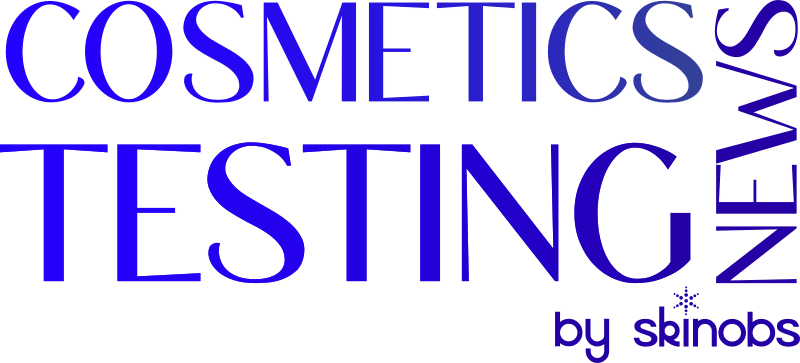Laboratory analysis of hair has advanced significantly since the 2000s, and its applications are increasing. [1] [2]. At the same time, the development of analytical equipment has made it possible to obtain increasingly sensitive, precise and reliable results, with detection levels of very low concentrations (from nanograms to picograms) [3].
The hair matrix has certain advantages:
- Sampling is simple and non-invasive.
- Storage is easy, in an envelope or a collection kit at room temperature, in a dry environment protected from light, without time
- In the hair the metabolites remain present for a long time unlike in the urine and the blood in which the molecules are eliminated quickly.
Hairs are keratinized structures produced in an invagination of the epidermal epithelium, the pilosebaceous follicle. Each of these follicles represents an anatomical unit, consisting of the hair itself, its hair bulb, root and stem, the follicle, a sebaceous gland and a muscle.
The supposed mechanism for the incorporation of xenobiotics into the hair consists of an internal diffusion of molecules from the blood to the growing cells of the hair bulbs, and an external diffusion from sweat, sebaceous secretions, or possible environmental contaminants. By fusing to form the hair, the growing cells trap the molecules in the keratinized structure.
The kinetics of incorporation are dependent on the binding of the molecule to melanin, a hair pigment that has different degrees of oxidation. It seems that there is a quantitative difference in the incorporation of the molecules according to the hair color. In fact, dark hair, which has a higher degree of oxidation of melanin, concentrates or retains the molecules more strongly than light hair, at equivalent exposure doses. This observation therefore poses problems of equity, since it is accepted by the scientific community that, at equivalent doses, the concentrations measured in black hair are greater than in light hair [2].
Cosmetic treatments (coloring, bleaching, perming, straightening) can affect the analyses by decreasing the concentration of molecules incorporated into the hair, in particular by modifying the porosity of the hair. Therefore, it is important to note any cosmetic treatment when collecting hair and to take samples of other hairs or dander in case of visible alteration. Indeed, since the incorporation is done in all hairs, if the hair cannot be removed or is missing, other hairs are also suitable. These hairs are particularly recommended when the hair is dyed or bleached.
The parent substances are present in hair in higher concentrations than their metabolites, whereas in urine the ratios are generally reversed. Therefore, the hair allows to discriminate between two substances which would have the same metabolites. Moreover, the incorporated molecules are very stable in the hair.
The detection of chemical substances such as hair is a very demanding technique that requires very sensitive and selective analytical techniques in a well-equipped and staffed laboratory.
Recommended techniques for hair analysis are:
- GC-MS, GC-MS-MS and LC-MS-MS or LC-DAD for all illicit drugs, narcotics and prescription drugs,
- LC-MS-MS (or GC-MS-MS) or MSn for hypnotics, benzodiazepines and benzodiazepine-like molecules,
- GC-MS-MS (or LC-MS-MS) or MSn for GHB and cannabinoids [4].
Analytical procedures are often composed of an immunochemical screening, ELISA (Enzyme-Linked immunosorbent assay) or RIA (RadioImmunoAssay) followed by chromatographic confirmation, or directly by chromatographic analysis. Immunological methods are used as screening to verify the presence of molecules in a non- specific way, they are not quantitative. The standard parameters already set up in the laboratory for screening methods should be used for hair analysis.
The main parameter to consider for the screening method is to have sufficient sensitivity to detect low concentrations of molecules in hair [1]. In general, international guidelines for the identification and quantification of molecules by mass spectrometry must be taken into account. Tandem spectrometry remains the method of choice for accurate identification, quantification and confirmation of analytes in complex matrices such as hair. The criteria for retention time, number of ions detected, peak area ratio must be comparable. The influence of internal standards must also be taken into account and they must be chosen as close as possible to the analytes [5]. The EXPERTOX laboratory offers a dosage of heavy metals in the hair, analyzed by SAA and GC-MS.
References
- Cooper, A.A, Hair testing is taking root, Ann Clin Biochem, 2011, (48) 516–530
- Kintz, , Traité de toxicologie médico-judiciaire, médico-judiciaire, Elsevier Masson SAS, 2012, Chapitre 9 – Cheveux et toxicologie
- Analyse des cheveux, poils, ongles (phanères), Eurofins https://eurofins.fr/forensics/nos-services/toxicologie/matrices- biologiques/phaneres/
- Ricordel, , L’expertise en Police Scientifique, licence Creative Commons Attribution, 2015, Chapitre 6, p.167
- Musshoff, F. et al, Analytical pitfalls in hair testing, Analytical and Bioanalytical Chemistry, 2007 (388) 1475–1494
- In press : Editions Techniques de l’Ingénieur publication on their website in May 2022: Détection et dosage de molécules dans les cheveux dans le domaine médico-judiciaire (P158)
By Lona Guillemin, Romane Mabilotte, Mathilde Agron, Dr. Stephane Pirnay
CONTACT
114-116 Rue Edouard Vaillant
94 140 Alfortville
Tél : +33 (01) 43 67 85 03








